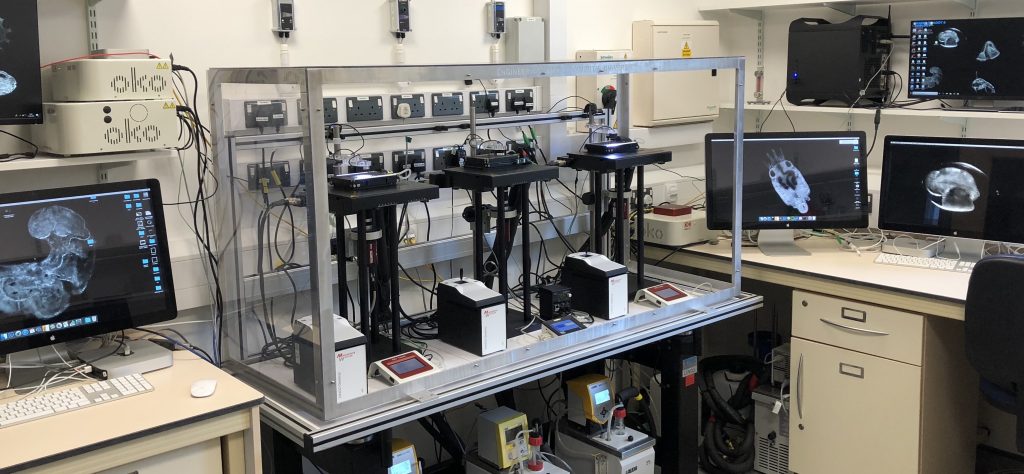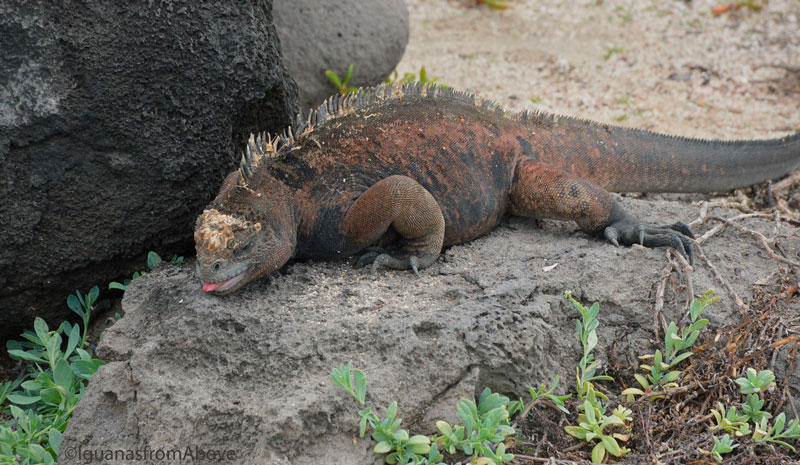CAPTURING THE MOST DYNAMIC PROCESS OF AN ORGANISM'S LIFE HISTORY

Embryonic development is the most dynamic period of an organisms’ life history and has long been a period of fascination to researchers. Embryos change on a minute by minute, hour by hour and day by day basis and trying to capture this dynamic process presents a formidable challenge to scientists.
Our Research group works at the University of Plymouth where we have developed new automated technologies for recording large numbers of aquatic embryos for the duration of their embryonic development and this enables us to capture and study the fundamental process of biological development in an unprecedented way.
Our microscopes generate huge volumes of video data, the next step is to analyse it. Manual analysis is inefficient and so to analyse video efficiently we are turning to artificial intelligence (AI). We are using AI to train the computer to autonomously spot features in developing embryos. For this, we need you! By drawing around features of interest and identifying when the embryo is performing certain behaviours you will provide the computer with “training data” so it can learn from you!
This is an important mission because we know that early life stages are sensitive to their environments, but not how sensitive or what they are most sensitive to. We need this understanding as the environment is changing at an unprecedented rate. Therefore, we urgently need your help to generate these data!
Embryo Cam
Iguanas from Above
By using drones to survey the marine iguana populations, we can collect high quality images from which iguanas can be counted at a later stage. This means we survey much faster and don’t need to physically visit all the colonies. And because we can send the drones from boats, we can do this work with minimal disturbance to the delicate wildlife of the islands.
Through this work, we collect a huge number of images, and it would take our small team a long time to do all the counting. This is why we are asking for your help through our project on Zooniverse. By joining in, you are making an incredibly valuable contribution to preserving the unique wildlife of the Galapagos Islands. We are confident that our Zooniverse project will give us reliable estimates of marine iguana population sizes, but to prove it we will compare these counts with those from ground-based surveys; this will ensure that our work is scientifically rigorous. In addition, you can help us collect data on other species and interesting finds on the islands, and these results will be shared with other conservationists and scientists so that many endangered species can be helped.
Right now we are processing the data from our pilot stage, where we focussed on two islands (San Cristobal and Santa Fe), but we hope to survey the rest of the Islands within the next year so that we will soon have a complete record of the size and location of all key marine iguana populations. This information will be a huge step forward in marine iguana conservation and will really help us to protect these amazing animals from extinction in a rapidly changing world.

The Galapagos Marine Iguanas are an emblematic and unique species of the world. They are the only sea-going lizard in the planet with amazing adaptations to thrive in the Galapagos islands. Unfortunately, this species is vulnerable to extinction due to increasing anthropogenic threats, such as invasive species, marine pollution, and climate change. By knowing the state of the marine iguana population size, we can create a solid conservation plan tailored to each island threats. However, the extremely complex logistics to reach marine iguanas colonies have prevented researchers to generate accurate population estimates. In response to this, we have developed a project to count marine iguanas in the entire archipelago over the next few years by using drones.
In a first stage of this project, with the support of the University of Leipzig and a grant from the International Iguana Foundation, we have collected thousands of photos from the coastline of two islands in the Galapagos (San Cristobal and Santa Fe) to establish this citizen science project.
Now we are asking you to contribute directly to our project, so we can get these estimates to develop effective management plans for this species. All the information we can collect will help to protect the marine iguana. Thank you for helping us to save this awesome species!
